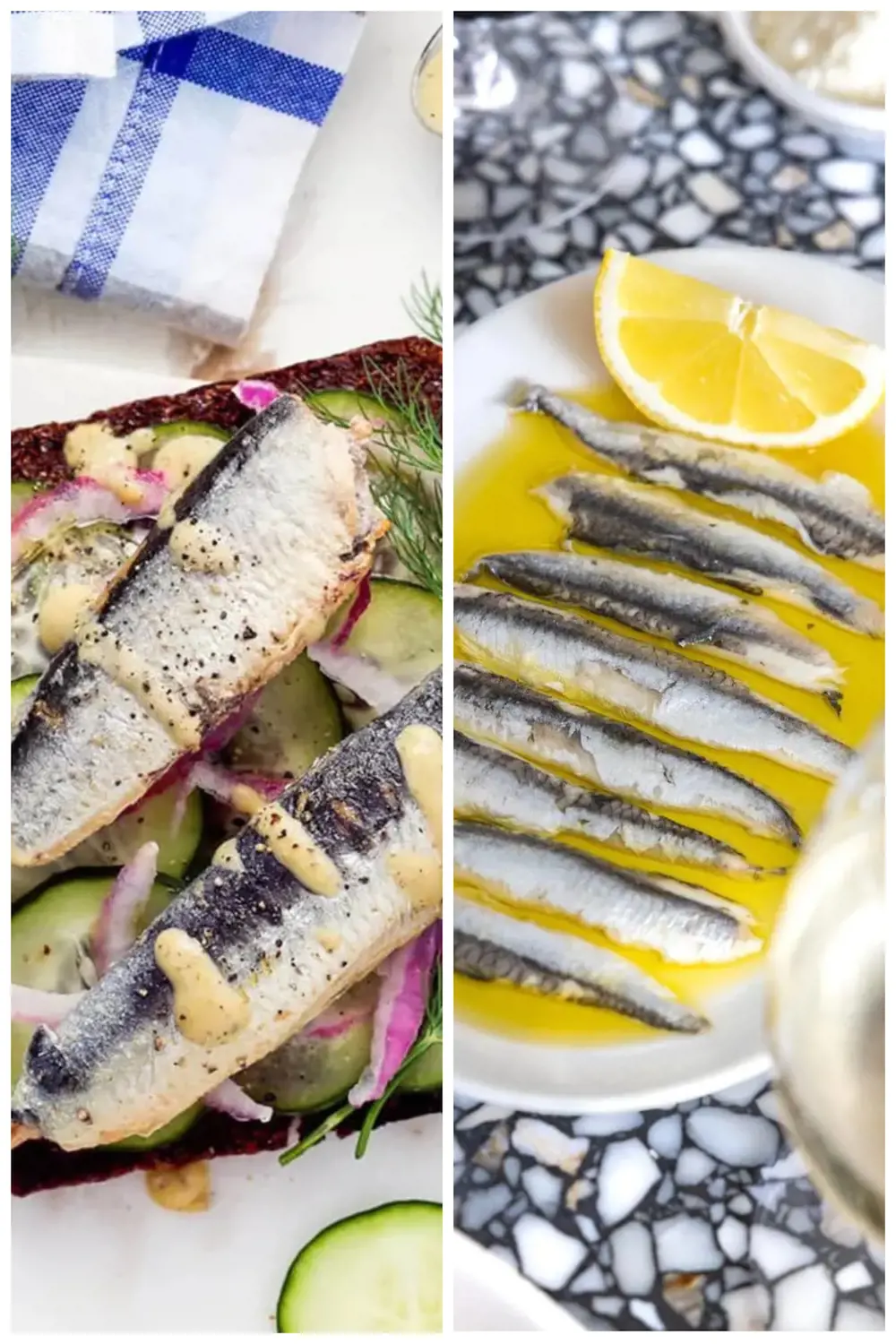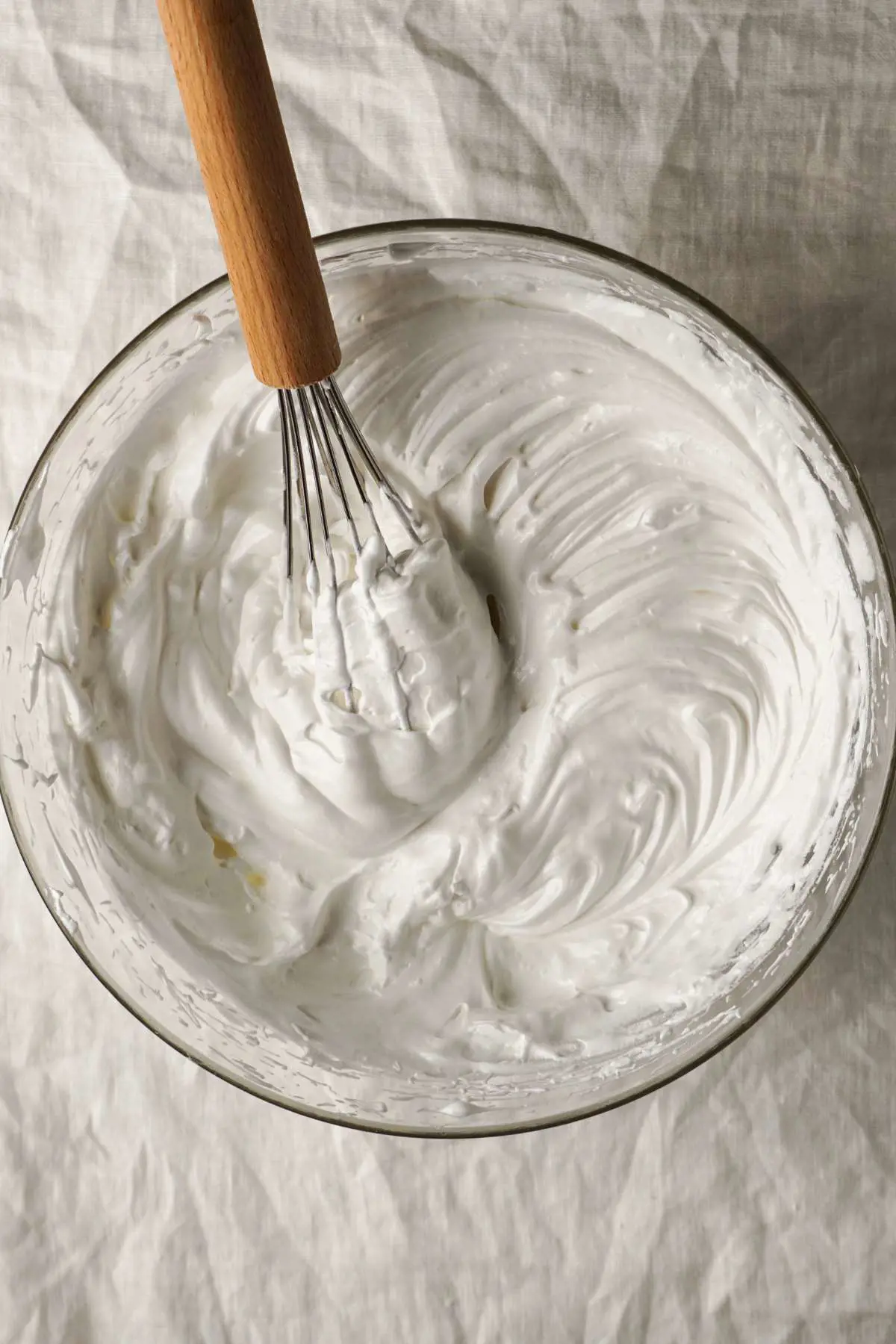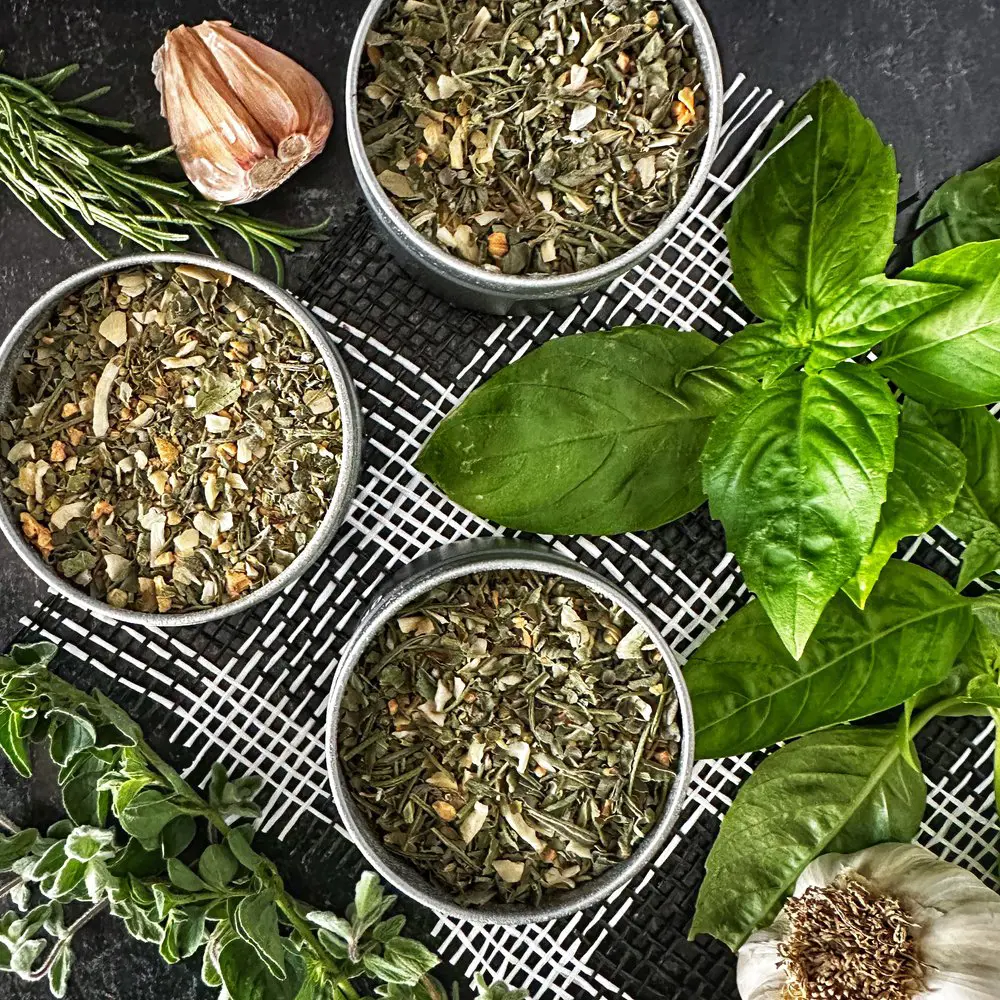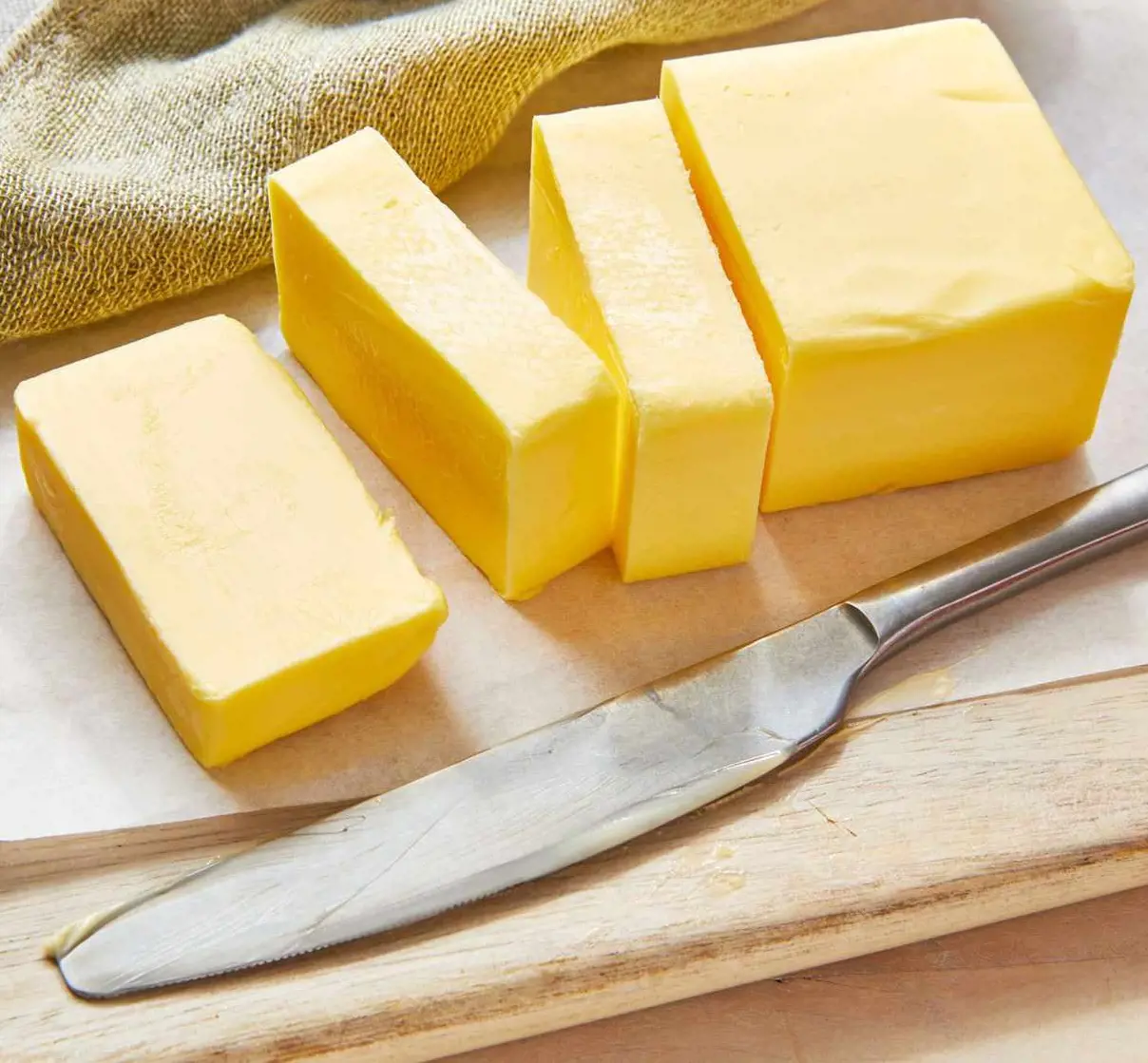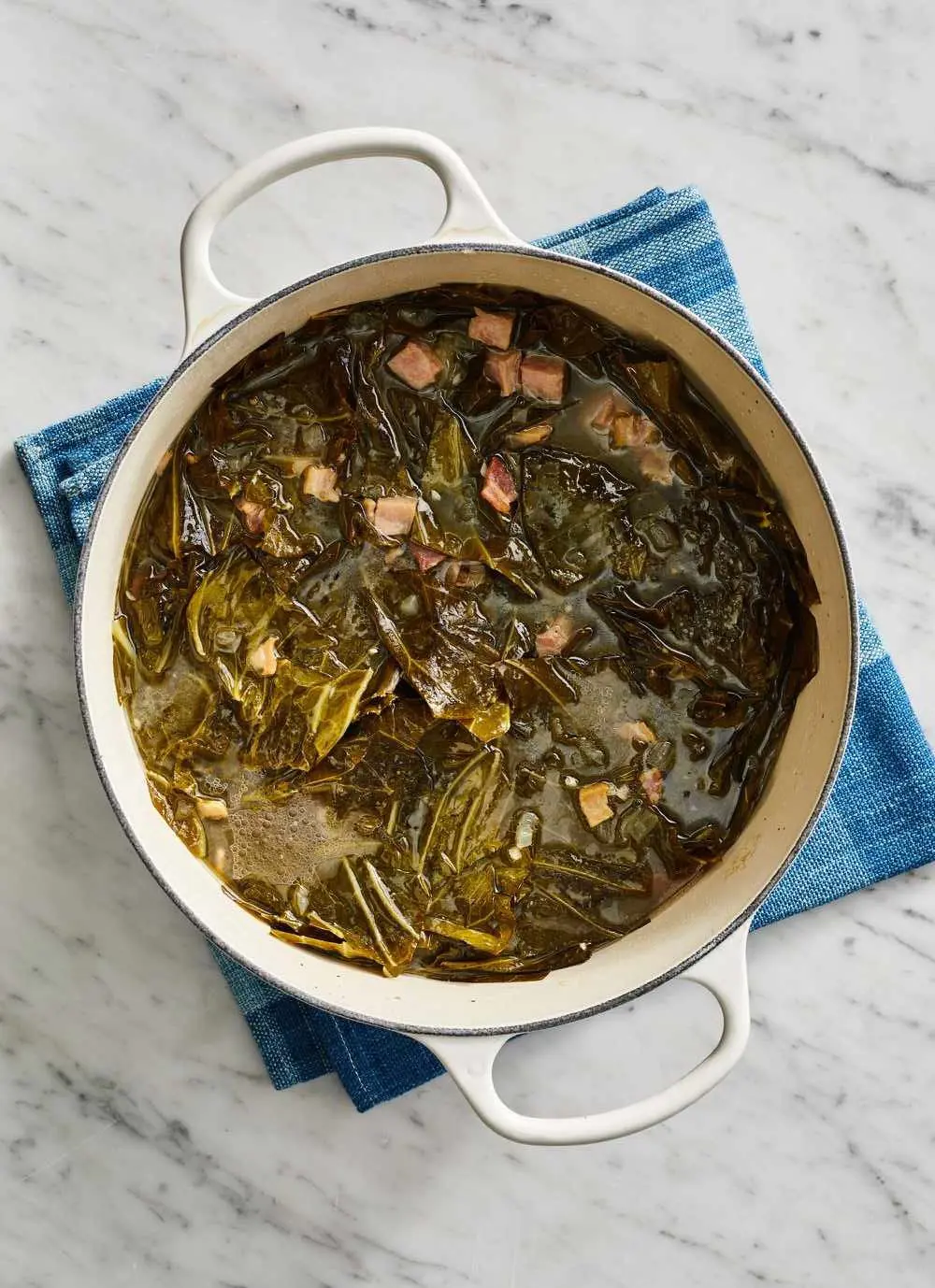13 Shallots Substitutes You Should Keep In Your Kitchen
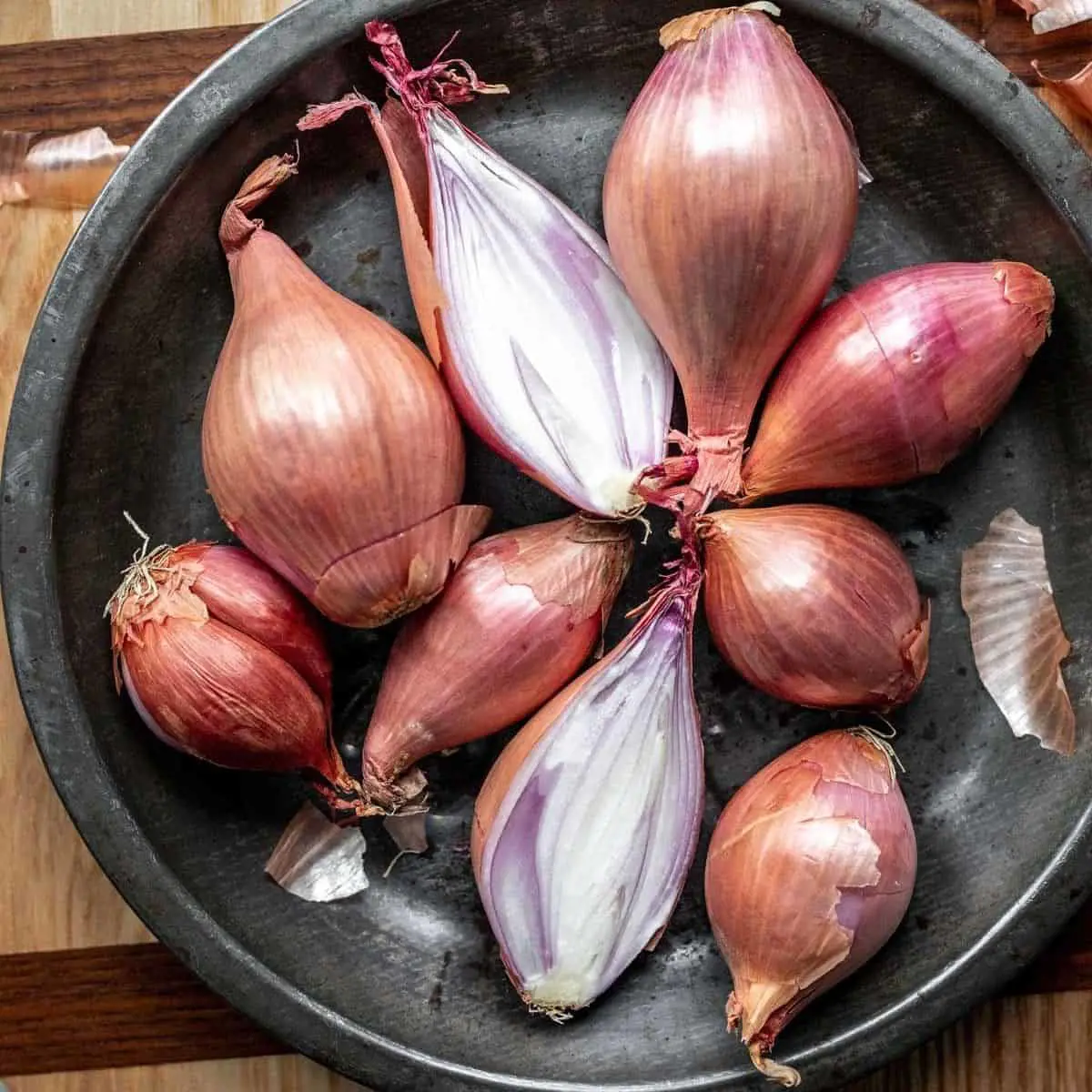
Whether you're a newbie in the kitchen or pride yourself on being an impressive home cook, the knowledge of substitutes and alternatives comes in handy in the kitchen. It helps you save time and frequent trips to the grocery store. When it comes to shallots, there are a few substitutes that work well in different recipes and compositions.
In this list, you'll find 13 shallots substitutes that are a great way to remain prepared and have a couple of options up your sleeve.
1. Red Onions
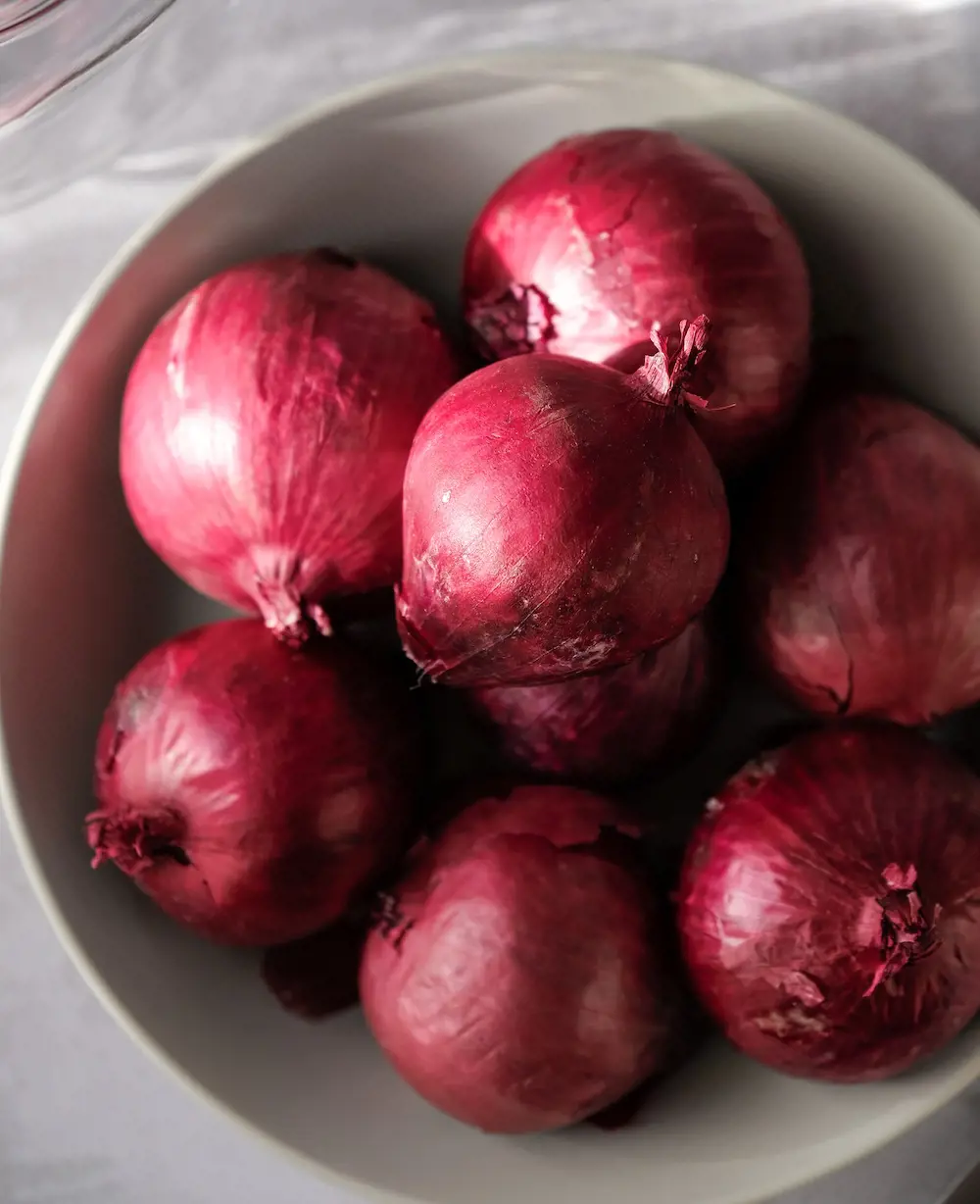
Red onions are possibly the best substitute for shallots when the latter is unavailable. While shallots exhibit a milder and sweeter taste, red onions contribute a robust, slightly peppery kick, adding depth to various dishes. Sliced thinly or minced, red onions can seamlessly stand in for shallots in salads, dressings, or raw preparations where their vivid color and assertive taste are favored.
In cooked dishes, such as sautés, stews, or sauces, red onions prove versatile substitutes for shallots. Their ability to caramelize beautifully imparts a sweet complexity to dishes, akin to the subtleties shallots bring to the table. It's worth noting that red onions may require a bit more finesse in managing their stronger flavor, so adjusting quantities to personal taste is advisable.
2. Leeks
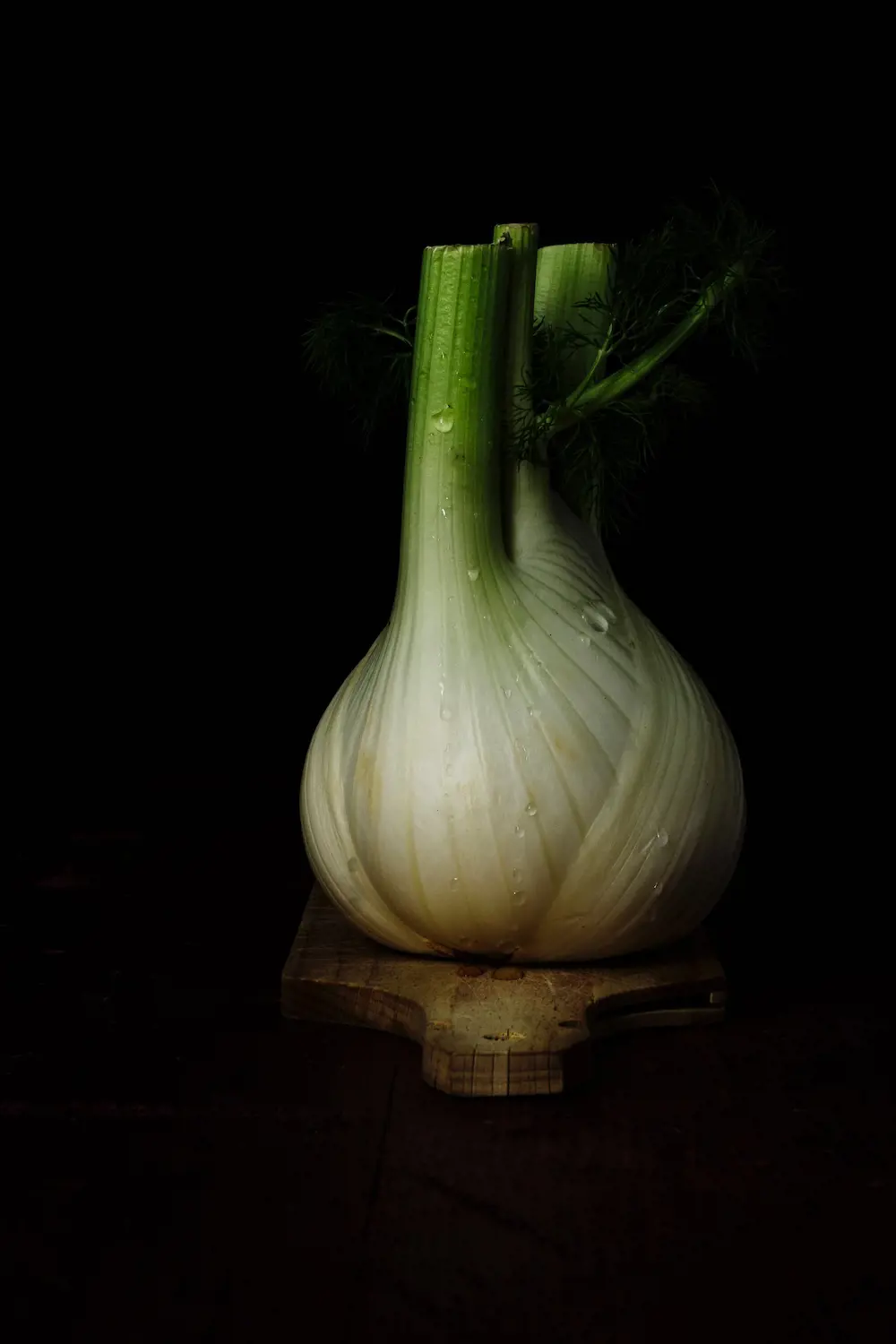
These long, slender vegetables belong to the same family as shallots and onions and have a nuanced taste without overwhelming the palate. When finely chopped, leeks mirror the shallot's texture and blend seamlessly into sauces, dressings, or sautés.
In recipes where shallots are a supporting aromatic element, such as in soups or stews, leeks can step in admirably, offering a gentle onion note without overshadowing other flavors. Sautéed leeks contribute a mellow sweetness to dishes, akin to shallots, while raw leeks can be thinly sliced and incorporated into salads or used as a garnish for a mild onion crunch.
3. Chives
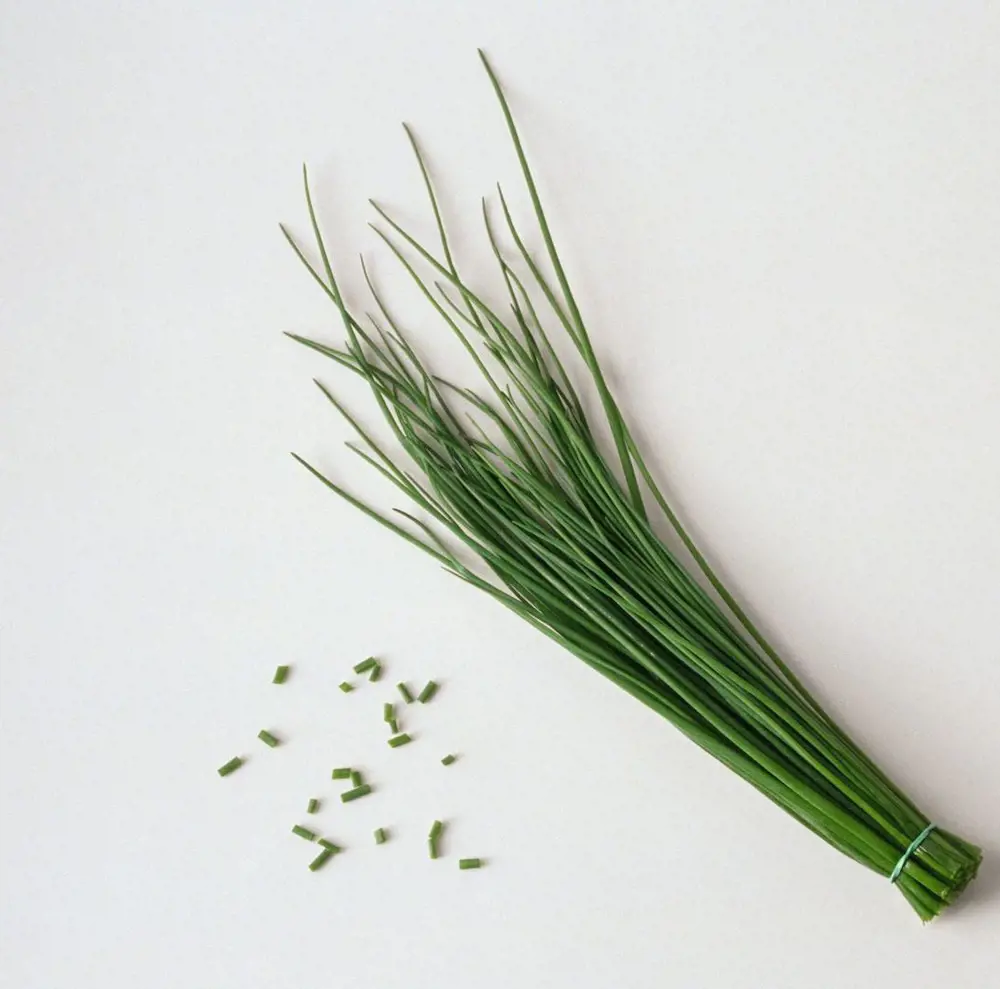
Chives and shallots do not have a similar flavor profile. However, these can be a preferred substitute for those seeking a more subtle onion essence. When using chives in place of shallots, consider the texture and presentation. Chives are typically finer and less bulbous than shallots, so finely chopping or snipping them ensures a seamless integration into your recipe. Their vibrant green color adds a visual appeal to dishes, particularly when used as a garnish.
Chives work exceptionally well in salads, dressings, and as a finishing touch for soups or creamy sauces where a gentle onion note is desired.
4. Garlic
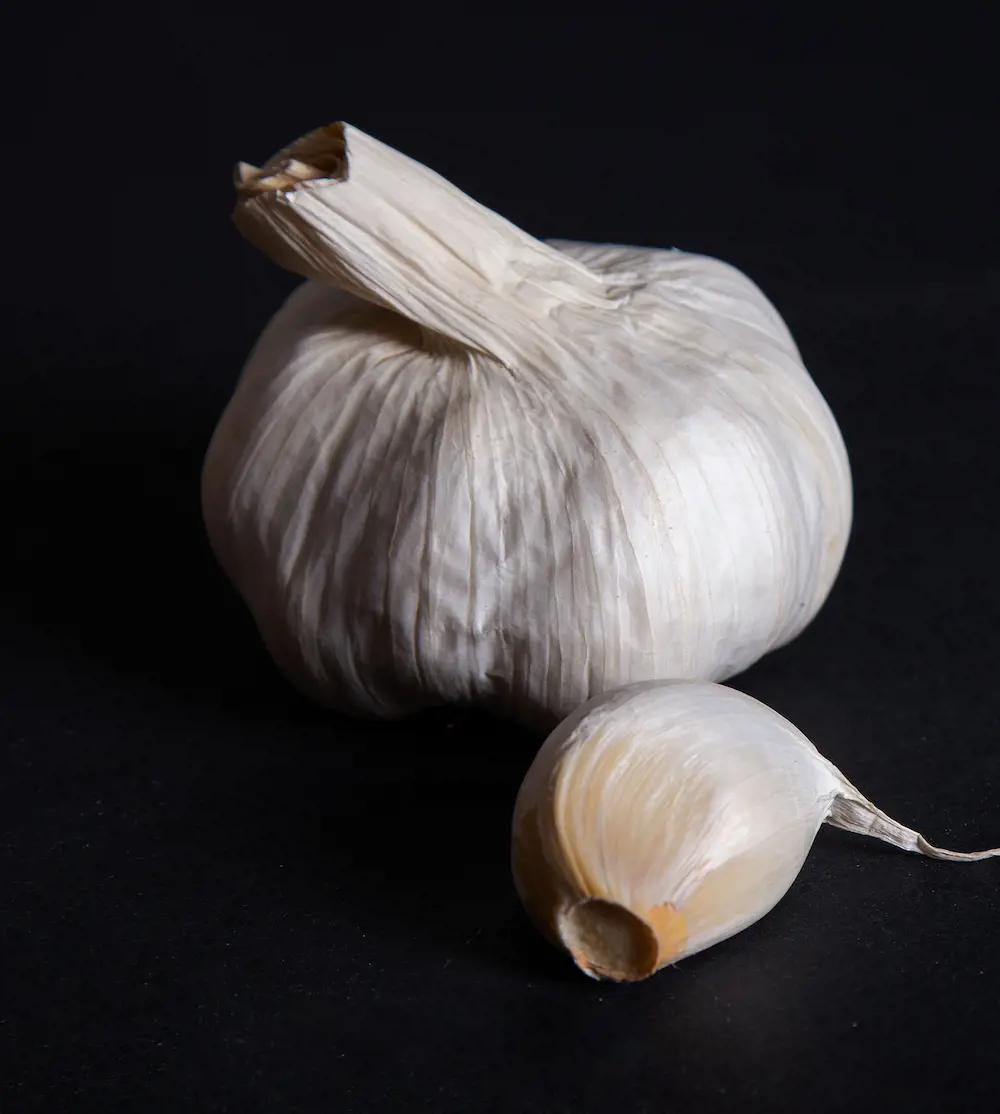
When you find your kitchen lacking the milder member of the Allium family, you can easily go for garlic as an alternative. One thing to consider is the robust nature of the vegetable, and adjust quantities accordingly.
To substitute, finely mince or crush garlic cloves based on the shallot quantity called for in the recipe. The general rule of thumb is that one small shallot is roughly equivalent to one clove of garlic. However, taste preferences may lead you to use more or less based on the intensity you desire.
5. Scallions
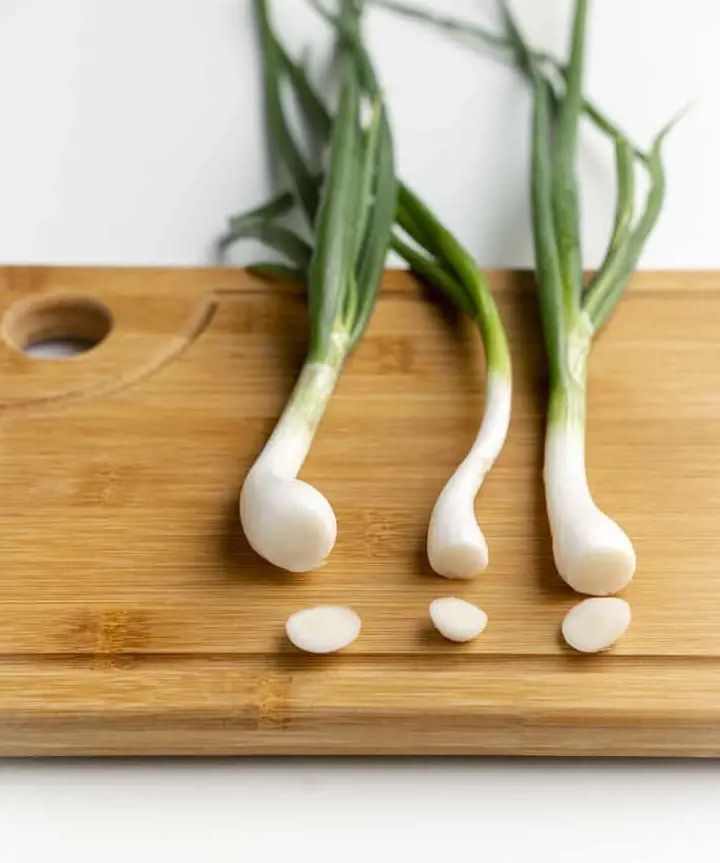
Scallions can also be a versatile and effective substitute for shallots. To substitute scallions for shallots, finely chop both the white and light green parts of the scallion, mimicking the minced texture of shallots. Keep in mind that scallions are milder than shallots, so you may want to use a larger quantity to achieve a comparable flavor profile.
In dishes where shallots contribute to the aromatic base, such as stir-fries, soups, or sautés, scallions can step in seamlessly, adding depth without overwhelming the dish. Additionally, scallions work well in dressings, marinades, and garnishes, providing a bright and crisp element.
6. Celery
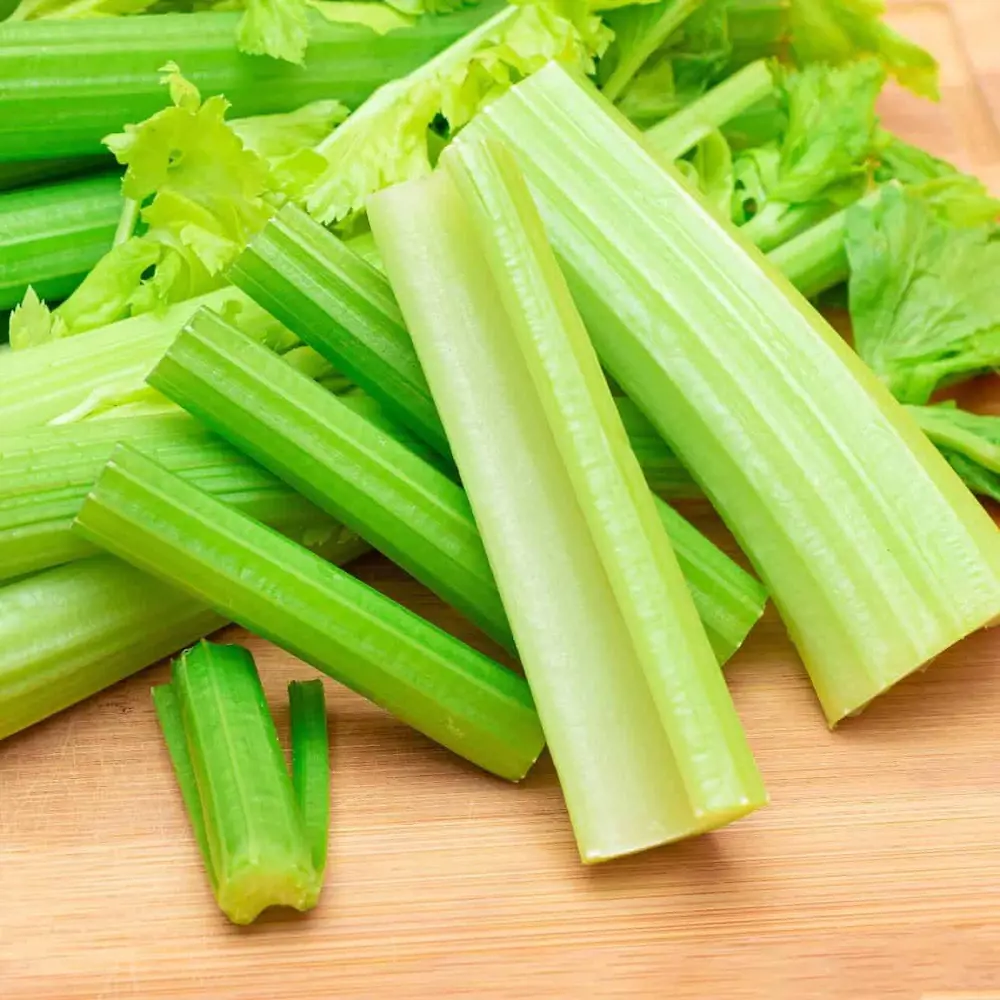
Although not obvious, celery is a refreshing and nutritious alternative to shallots. When diced or sliced finely, celery provides a similar aromatic profile and a subtle onion-like taste, making it a suitable substitute for shallots in salads, dressings, and raw preparations.
In sautés and cooked dishes, celery can stand in for shallots, especially when its milder taste is welcome. Its ability to soften and meld seamlessly with other ingredients during cooking allows it to mimic the shallot's role in enhancing savory depth. One must note that while celery can replicate the shallot's aromatic essence, it lacks the sweetness that shallots bring to certain dishes. However, this distinction can be an advantage, especially in recipes where a more subdued onion flavor is desired.
7. Fennel Bulb
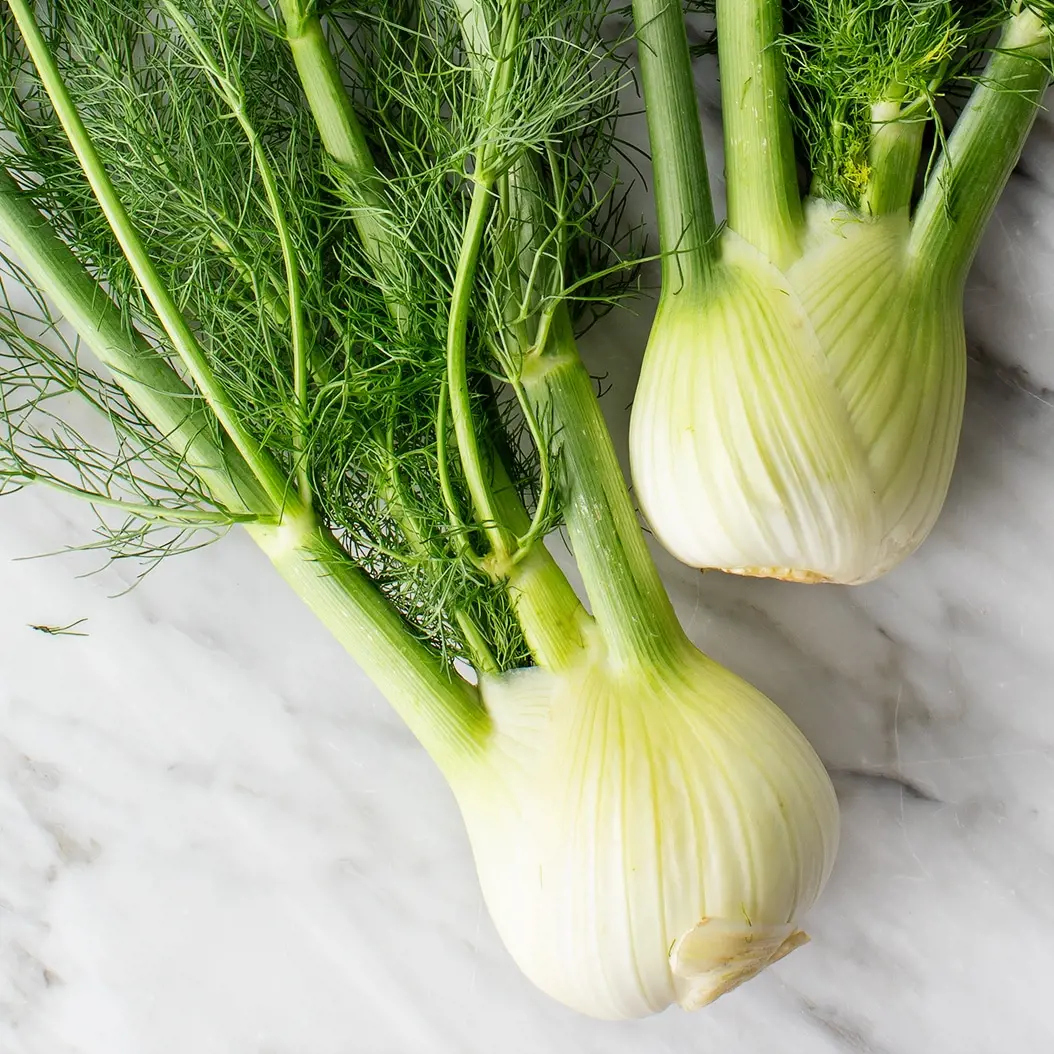
Fennel bulb is best known for its anise-like essence. It has a sweet, licorice-like flavor that is essential in many dishes. As a substitute, fennel bulb might not be exact but it does carry the essence and texture of shallots. It, nevertheless, works particularly well in Mediterranean or Italian-inspired cuisines, offering a fresh twist to classic dishes.
To use a fennel bulb as a shallot substitute, finely chop or slice the bulb, utilizing the white base and pale green parts. Experimenting with fennel bulb in place of shallots allows you to explore new dimensions of taste in your culinary creations.
8. Ramps
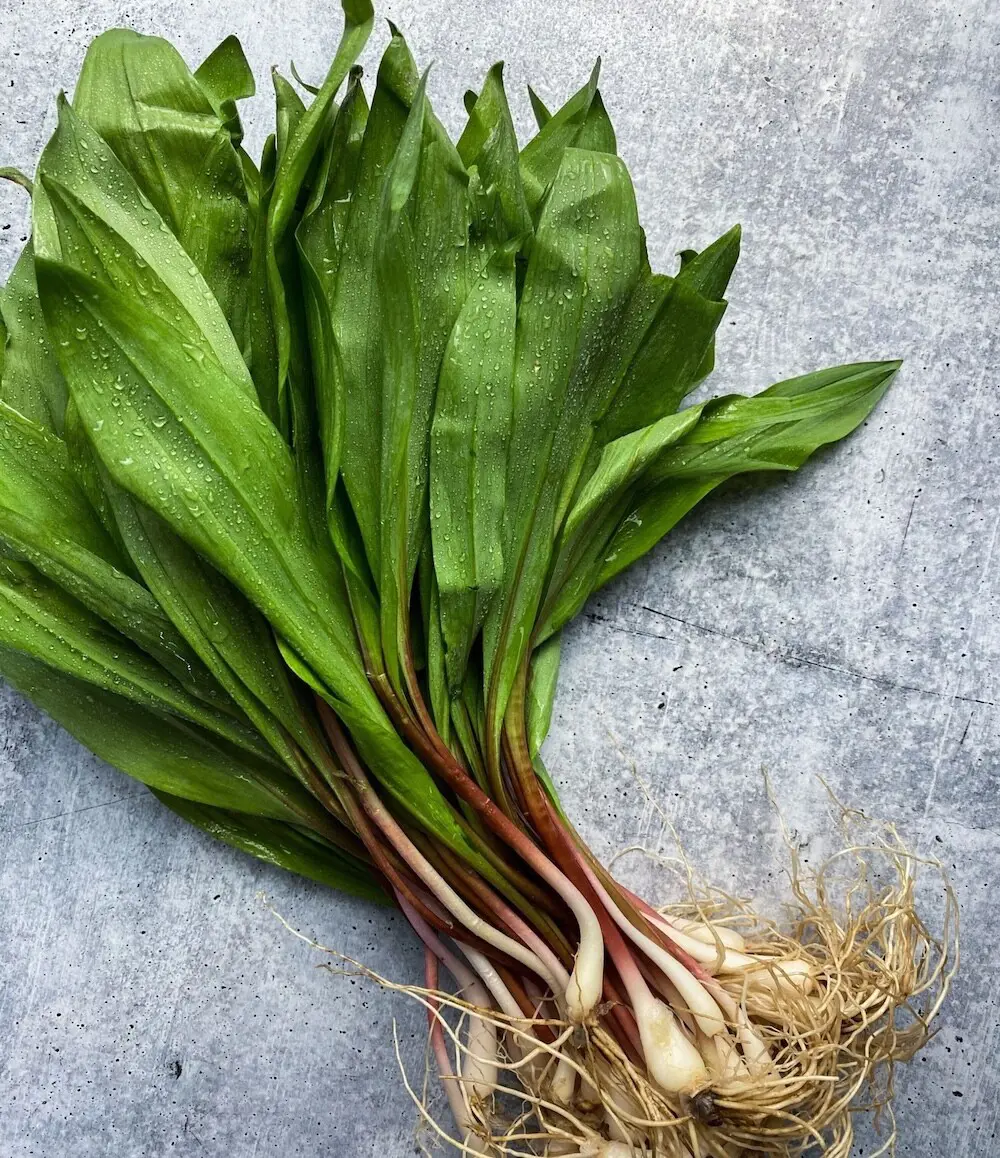
Ramps, often referred to as wild leeks, emerge in early spring and have a flavor not too different from shallots. These wild onions boast a distinctive garlicky aroma with nuanced notes of onion. As a result, ramps can seamlessly step in for shallots, especially in recipes where a more pronounced garlic essence is desired.
When substituting ramps for shallots, consider using the entire ramp, from the bulb to the leafy greens, to maximize their versatile profile. The bulb delivers a milder, onion-like taste, while the greens contribute a fresh, herbal quality akin to chives. Finely chopping or sautéing ramps can release their full aromatic potential that works in sauces, vinaigrettes, or sautés.
9. Onion Powder
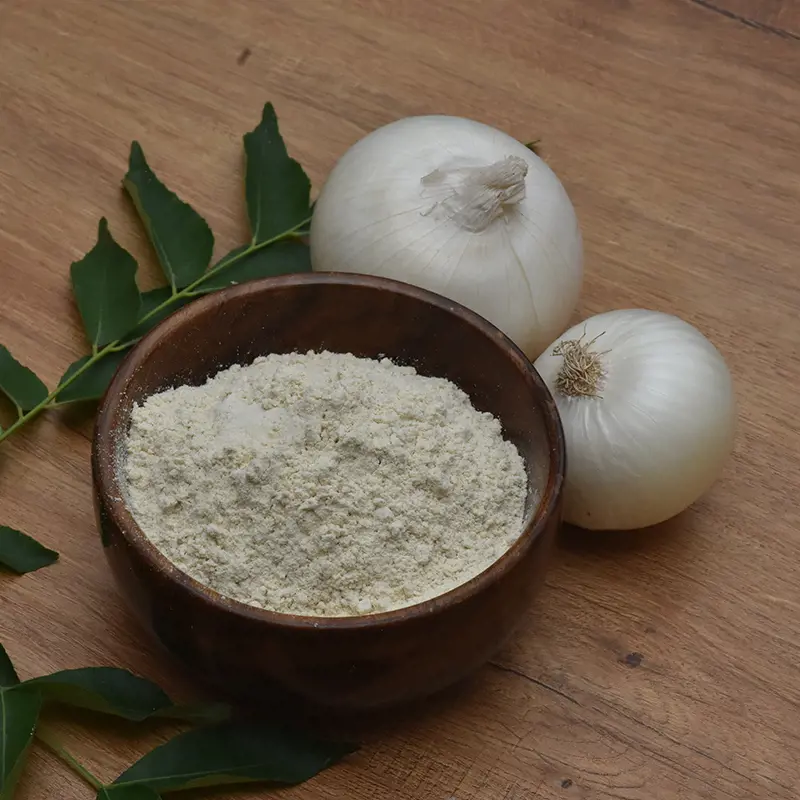
Shallots are known for a milder and slightly sweeter flavor compared to onions. Onion powder, in turn, has more of a concentrated flavor. It bridges the gap admirably by lending a concentrated onion taste with a touch of sweetness. The powder is made from dehydrated onions, providing a convenient option for those moments when fresh shallots are unavailable.
When substituting onion powder for shallots, the conversion is typically one teaspoon of onion powder for every two tablespoons of minced shallots. This ensures a harmonious balance, allowing the dish to maintain its intended flavor profile. Onion powder is particularly useful in recipes where a smooth texture is desired, as it integrates into dishes without changing the consistency.
10. Asafoetida
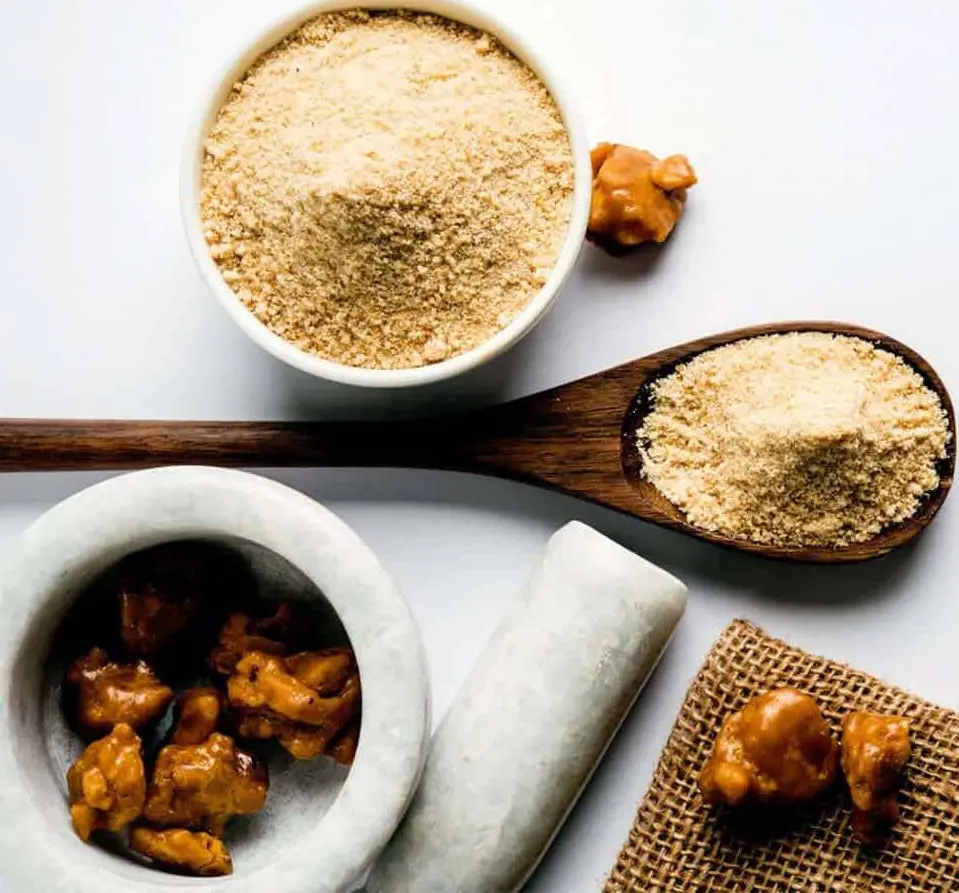
Often referred to as "devil's dung" due to its strong smell when raw, asafoetida mellows into a savory, onion-like flavor when cooked. This spice is commonly used in Indian and Middle Eastern cuisines to enhance the umami profile of dishes.
As a substitute for shallots, asafoetida is pungent and flavorsome. To substitute asafoetida for shallots, begin by understanding its potency—use it sparingly, as a little goes a long way. In situations where shallots provide a subtle oniony undertone, a pinch of asafoetida can be incorporated into the recipe. However, it is essential to note that while shallots offer a textured, fresh component, asafoetida is a ground spice, so the textural difference should be considered.
11. French Fried Onions
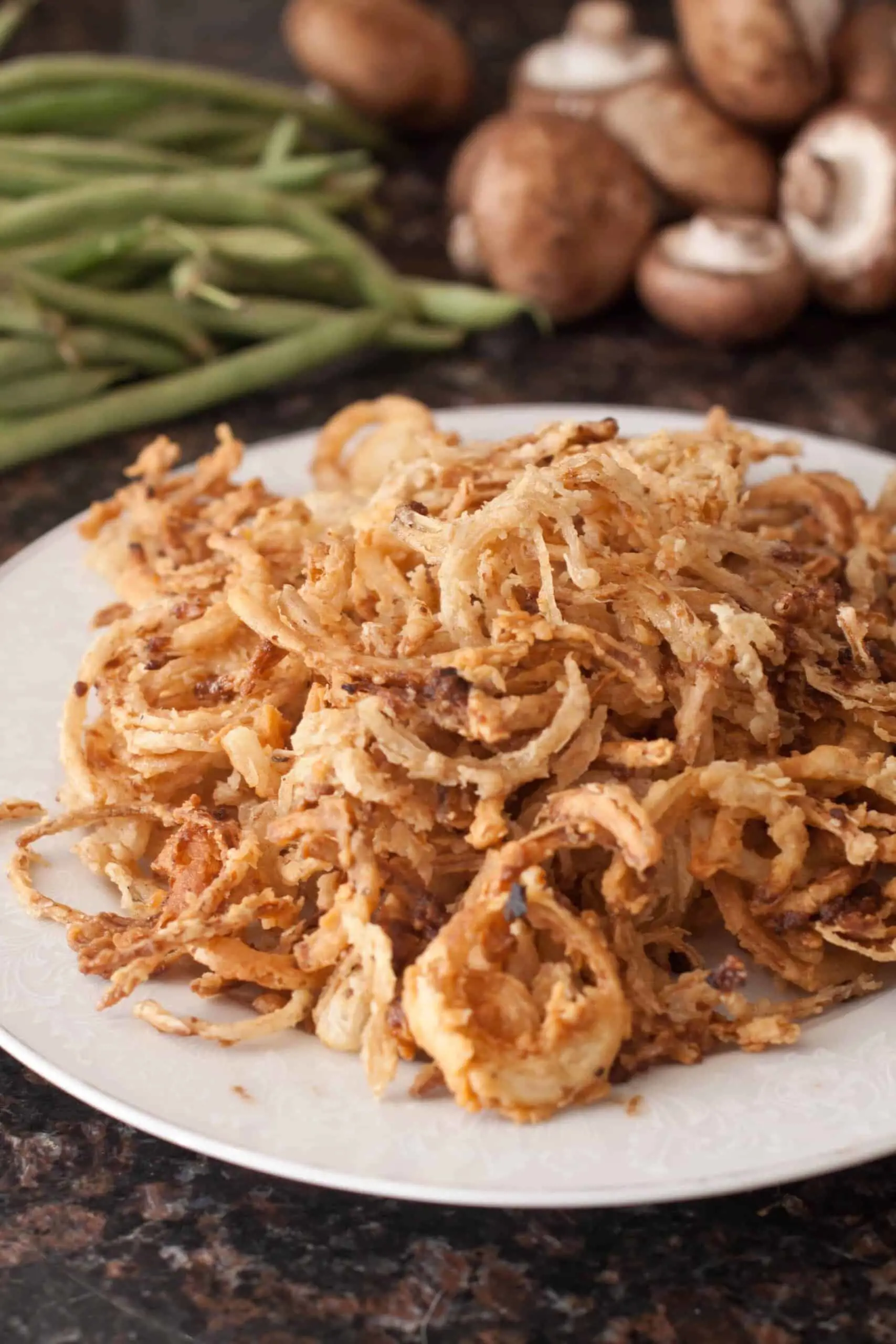
French Fried Onions, often associated with their role as a crunchy topping for green bean casseroles, can indeed serve as a creative substitute for shallots. In addition to the crunch, fried onions also have a nuanced flavor which is similar to that of shallots.
In recipes where the shallot's subtlety is not crucial, such as in casseroles, salads, or certain savory bakes, the crispy texture and savory notes of French Fried Onions can elevate the dish. When sautéed or baked, these fried onions release a deep, caramelized essence which results in a umami flavor.
12. Shallot Oil
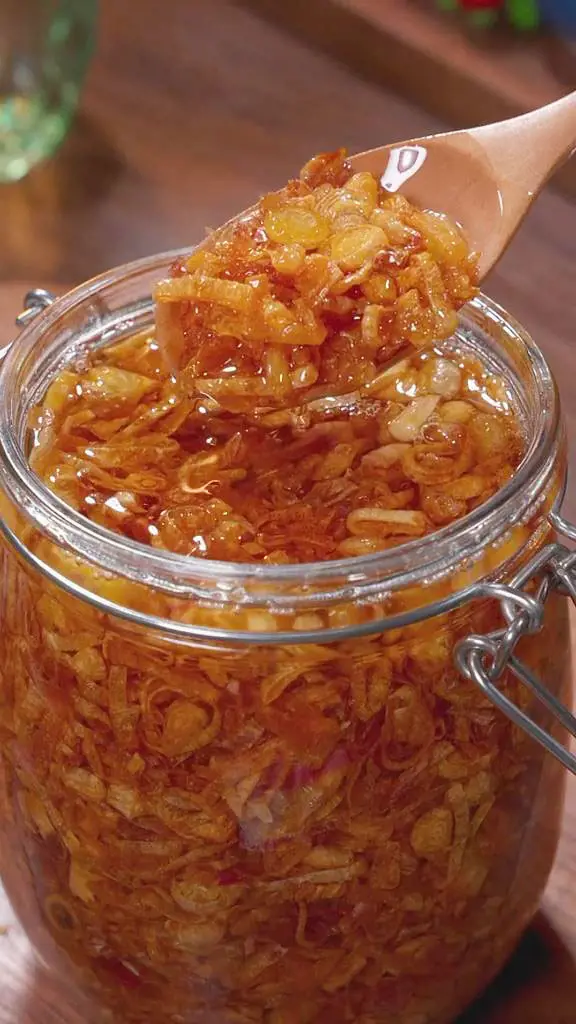
If you're only looking to incorporate the flavor of shallot without the need for its texture, shallot oil is your best substitute. This aromatic oil has a delicate oniony flavor and a subtle sweetness that perfectly replicates the flavor of true shallots. Another thing about this is that you can actually make your own shallot oil and store it for when you might need it.
To create shallot oil, finely minced or sliced shallots are gently sautéed in oil until golden brown, allowing their natural sugars to caramelize and infuse the oil with a rich, savory essence. The oil's golden hue and alluring aroma make it an inviting addition to the kitchen, providing a convenient alternative for infusing dishes with shallot's nuanced taste.
13. Yellow Bell Peppers
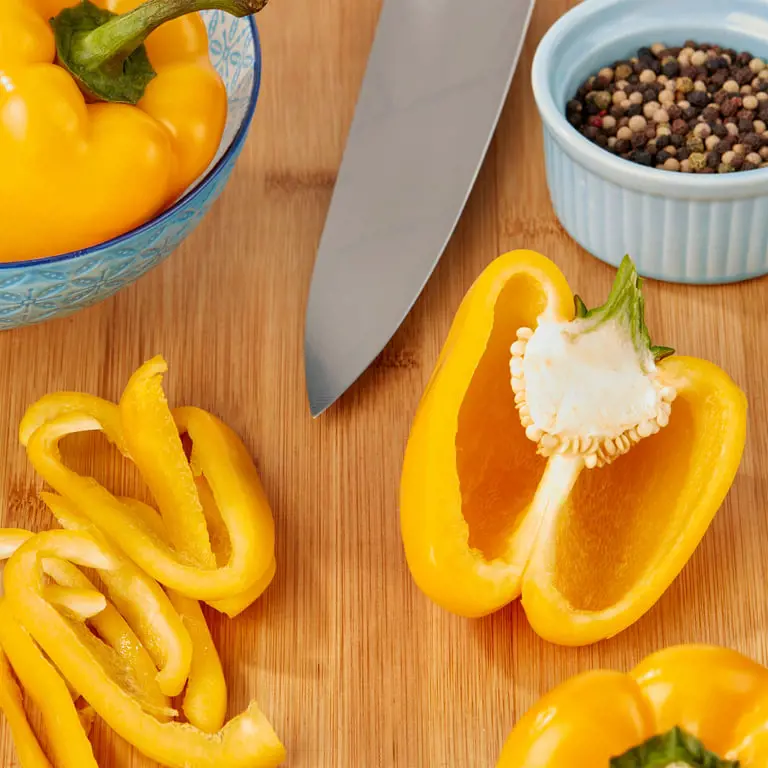
While yellow bell peppers may not be a traditional substitute for shallots, their vibrant flavor and crisp texture can be a unique take on the vegetable. When sautéed or roasted, yellow bell peppers develop a sweet and slightly tangy taste, reminiscent of shallots' mild oniony essence.
To use yellow bell peppers as a shallot substitute, finely dice or slice them to mimic the shallot's texture. The key is to adjust the quantity based on your preference and the dish you're preparing. Incorporating yellow bell peppers in place of shallots works particularly well in salads, stir-fries, or dishes where a pop of color and a subtle sweetness can enhance the dish.
Recent posts
Kitchen Tips
Kitchen Tips
Best Ways To Reheat Salmon
Salmon is a delightful fish that is consumed by many people. The reason is its flavors and nutritional benefits. Whether be it a normal dinner night or any occasion, you will find salmon on the plate. Having leftover salmon makes you think how ...
Kitchen Tips
3 Methods To Defrost Salmon Without Ruining It
Salmon makes everyone delighted at dinnertime, and it's easy to see why. While fresh salmon from the store tastes wonderful, sometimes life gets too busy for shopping trips. That's when frozen salmon becomes your kitchen hero! With the right defrosti...
Kitchen Tips
Sardines vs Anchovies: What Sets These Pungent Fish Apart?
Sardines and anchovies are both types of small, oily fish that are widely used in food around the world. Both sardines and anchovies are marine or saltwater fish. They are commonly found in coastal waters and are part of the vast array of species tha...
Kitchen Tips
14 Heavy Cream Substitutes For Cooking
Heavy cream, also known as heavy whipping cream, is a luxurious dairy product celebrated for its rich and velvety texture. The cream is made by skimming the fat content from fresh cow's milk with about 36-40% milk fat. However, there are severa...
Kitchen Tips
20 Best Italian Herbs And Seasoning Spices
Italian cuisine is known for its simplicity and the use of locally produced, high-quality, fresh ingredients. One of the reasons behind this is the skillful use of herbs and spices to enhance flavors and create diverse taste profiles. Depending on wh...
Kitchen Tips
15 Butter Replacement Products When You Run Out Of It
Butter makes everything better. It is a kitchen staple that can be found in pretty much everyone's pantry. From baking to sauteeing, we use this ingredient in the kitchen pretty much every day. So, it is natural for us to look for alternatives for da...


